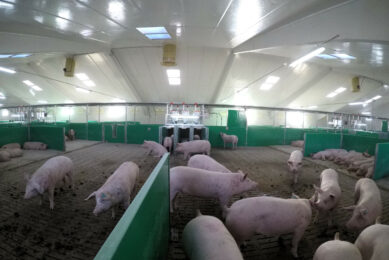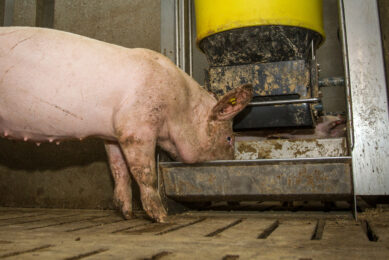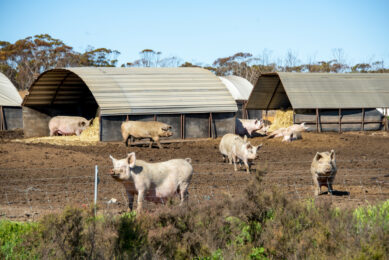Ailments? This is how pigs came to the rescue
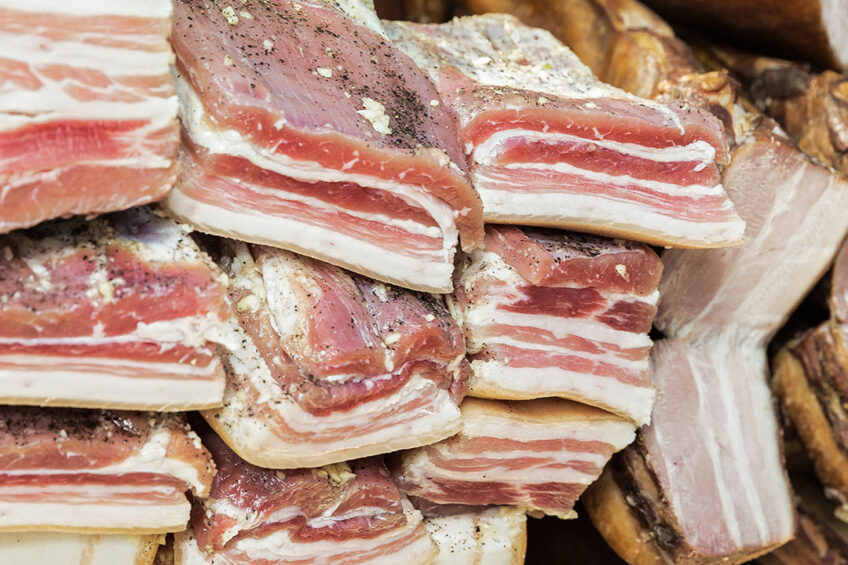
As a historian, Pig Progress editor Vincent ter Beek likes to combine his passion with his profession from time to time, i.e. writing about pigs in the past. When you know where to look, pigs pop up everywhere – even in a centuries-old monastery in northern Spain.
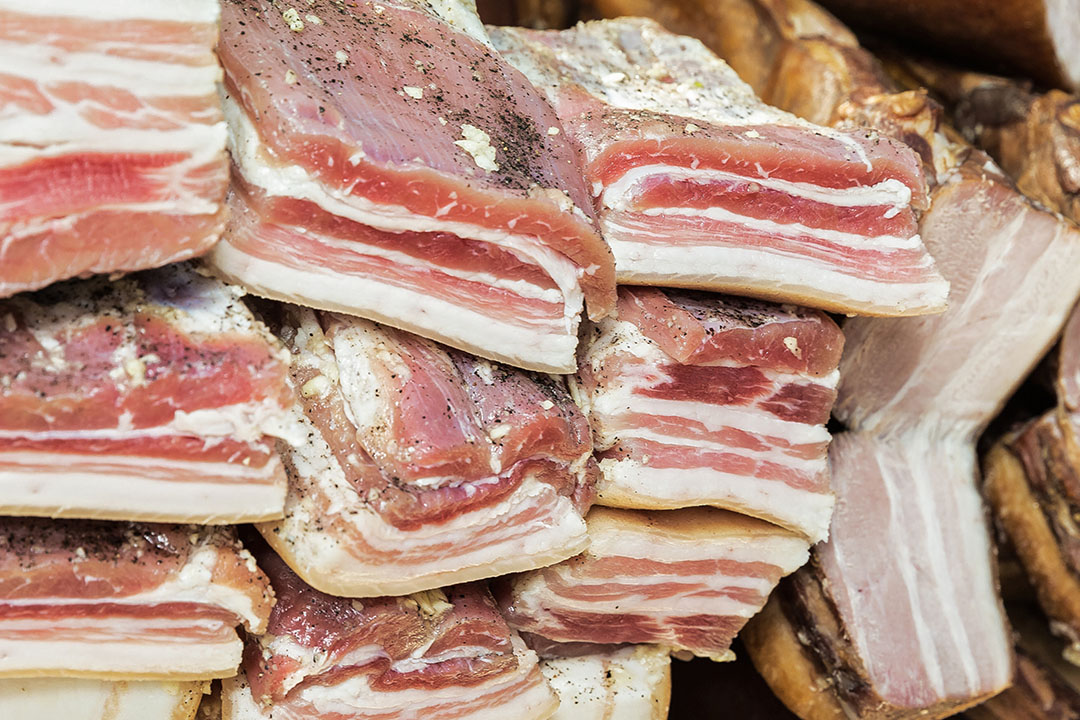
This December I spent a week around Santiago de Compostela in Galicia, in northern Spain, hoping to detox a little bit from my journalistic pig work. We ended up visiting the Monastery of San Martín Pinario in the heart of Santiago. The splendid historical building right in the heart of the city is the 2nd largest monastery complex in the whole of Spain. And as such, the institution played a prominent role in society, allotting considerable parts of its budget to charity.
Nowadays, there are no monks anymore, the complex is in use as a seminary (priest school) but there is a substantial part that can be visited. The end of the tour held the biggest surprise for me. Having admired the monastery’s church and its chapels, I suddenly entered a room with cupboards of mahogany, chestnut and cherrywood, full of glass pots and stone jars. On a table, right in front of it, more colourful pots, glasses, bottles, saucers, taps and all kinds of pharmaceutical tools. All overseen by a small statue of St James.
Reconstruction of a pharmacy
I had stumbled upon a reconstruction of the monastery pharmacy, a site that once upon a time had been run by monks. In the Middle Ages, there was no such thing as public health care and that is where (practical) knowledge came in from monks. After all, they grew and processed herbs and plants, so could also provide care and medication. In itself that was nothing new, but what I had never seen before was that part of the monastery’s pharmacy had been saved and well taken care of!
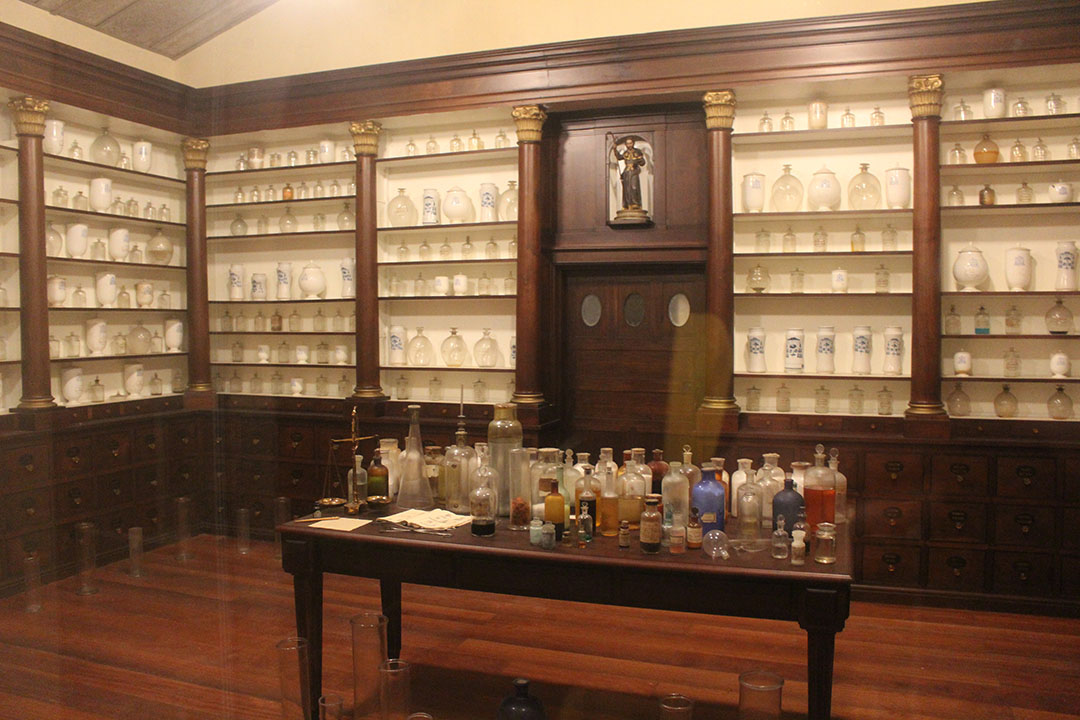
This particular pharmacy, I learnt, dated back to the 16th century, and had been opened to the general public in 1648. As Santiago is one of Europe’s most well-known pilgrimage destinations, there were many travellers that must have turned to the pharmacy with all kinds of travelling related ailments. Its importance had grown to such levels that even when the monks got expelled in 1835, when also pilgrimages were at a low, the pharmacy continued to operate.
Most of the cupboards on display dated from the early 19th century, I learnt, with pots and jars with lotions and potions dating back to 17thand 18th century. Even though I was trying to detox from pigs, I couldn’t resist the temptation to figure out whether the monks had used for instance pigs’ ears, tails or bile for their produce.
Pig lard as ingredient for potions
In the monastery museum, they had gone to great lengths to even describe various historical medications. There were recipes for syrups, jellies and pills for instance, and finally my eye caught the recipe for “poplar ointment,” to be used externally for healing wounds. In order to make it, one needed ”manteca de cerdo” (pig lard, obtained by rendering the fatty tissue of a pig).
In detail, it was described how 12 fresh poplar buds were needed, just as 100 parts of pig lard. The mixture would then have to be cooked au bain marie, until the fatty body would acquire a fairly bright red colour and then it would be strained by squeezing it with a canvas. The description went on explaining how 2 or 3 drops of rose essence could be added for every ounce of ointment. The advice closed off saying, that to avoid deterioration, it had better been stored in a dark container, like a wooden box.
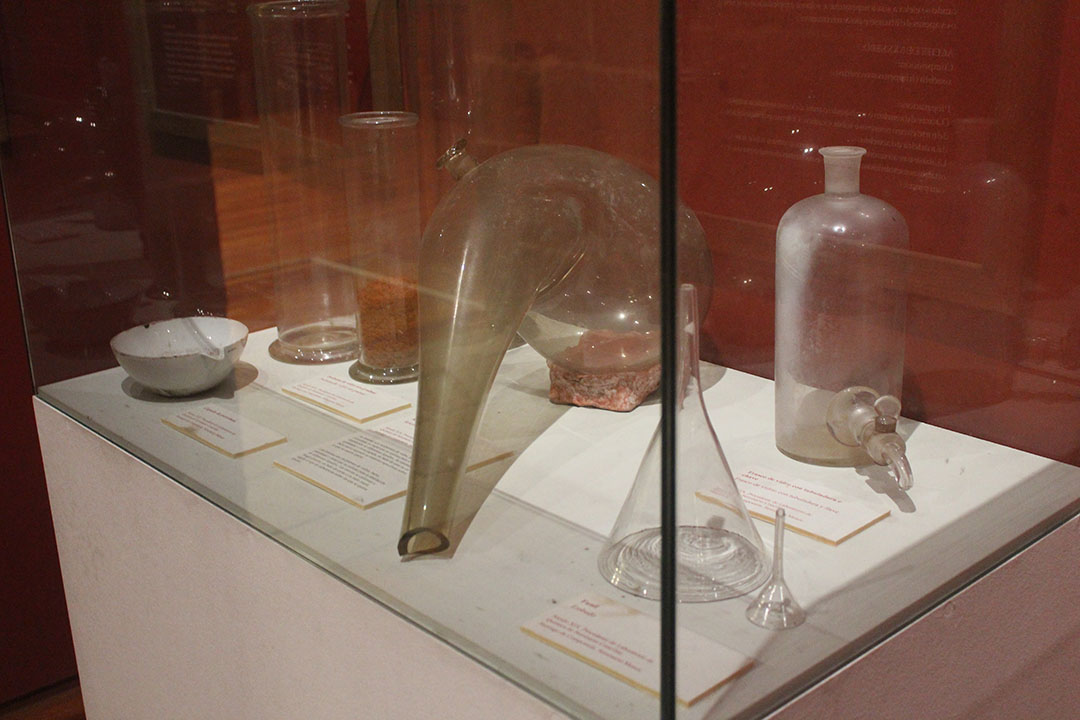
How did pig lard end up in the monastery?
My imagination went in an overdrive and I ran through my mind how the monks must’ve been obtaining the lard. Either they must’ve kept a few pigs on-site they slaughtered themselves from time to time, which might not have been unlikely, after all keeping livestock used to be pretty common in cities in Europe a few centuries back. Or – other option – others would supply the pork or the lard from time to time to the monastery, as additional uses of pigs for more than just consumption was commonplace in centuries long gone by… Circular use long before it was a modern phrase.
Now that in itself is not such a big conclusion, after all, for a few years back I described how animal glue was used when making paper. For many pig parts they found a use.
Pigs were ubiquitous
Yet what I find the most intriguing in all of this, is that, albeit hidden sometimes, pigs are ubiquitous – even behind the stern façade of a proud monastery built in the mighty heyday of Catholic Spain. They formed bricks upon which the kingdom was built.
In short, as you had probably noticed, I came back all refreshed from my holidays, ready to face the pig challenges of the year ahead. Let 2022 begin, wishing you all the best!



